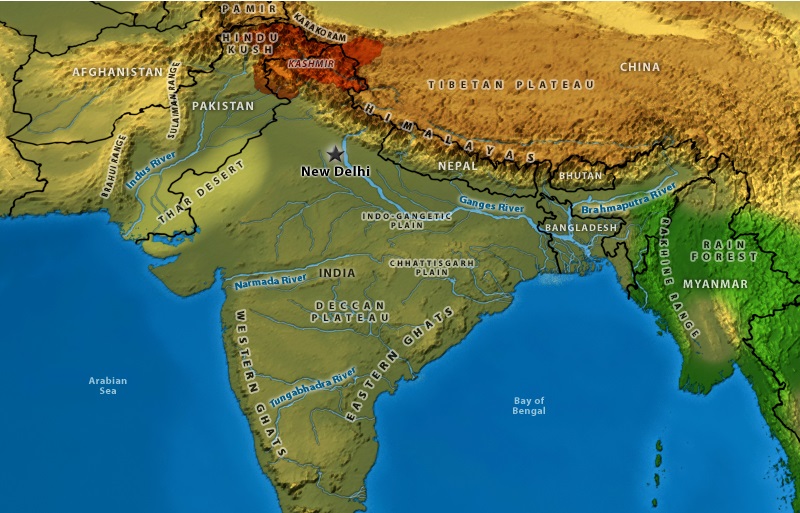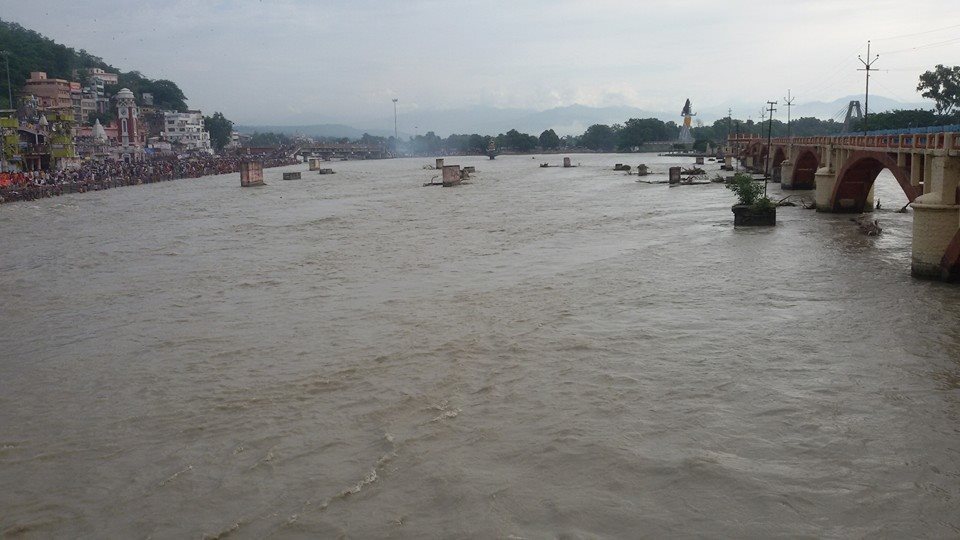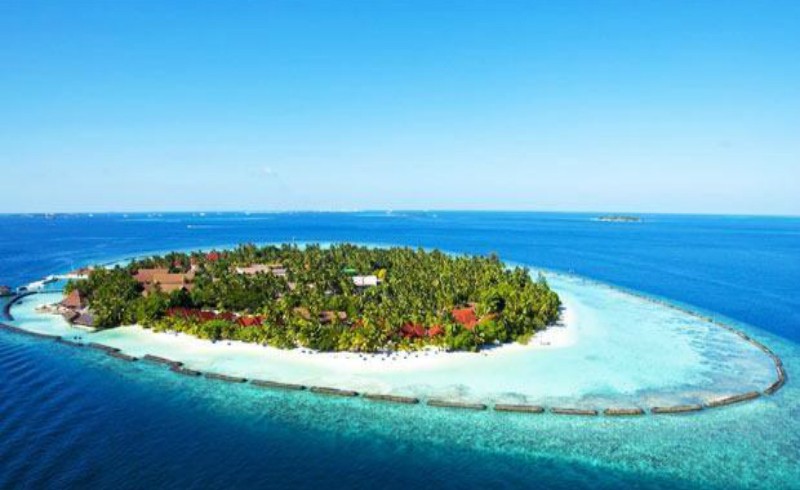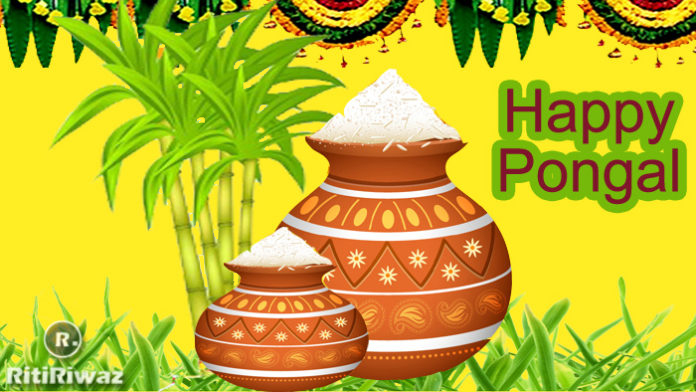India And Its Geography

India is an enormous country with speckled landforms. Our country has nearly all the main physical features of the earth, for example, Deserts, Islands, Mountains, Plains, and Plateaus. India is a huge landmass shaped during dissimilar geological periods which has prejudiced her release. As well as geological configurations, a number of procedures such as weathering, erosion, and deposition have shaped and customized the release in its present shape.
The Himalayan Mountains

The Himalayas, geologically youthful and structurally fold up mountains draw out over the northern boundaries of India. These mountain varieties run in a West-East way from the Indus to the Brahmaputra. The Himalayas represent the loftiest and one of the rockiest mountain barriers of the earth. They shape an arch, which wraps a detachment of about 2,400 Km. Their width varies from 400 Km in Kashmir to 150 Km in Arunachal Pradesh. The altitudinal differences are better in the eastern part than those in the western part. The Himalaya consists of three similar ranges in its longitudinal degree.
A number of valleys recline flanked by these ranges. The northernmost range is known as the Huge or Inside the Himalayas or the ‘Himadri‘. It is the most incessant range consisting of the loftiest hit the highest point with a standard height of 6,000 meters. It holds all the famous Himalayan peaks.
The creases of the immense Himalayas are uneven in nature. The hub of this division of the Himalayas is collected of stonework. It is a perennial snow jump, and a number of glaciers go down from this range. The range lying to the South of the Himadri shapes the rockiest mountain system and is known as Himachal or smaller Himalaya. The ranges are mostly collected from extremely dense and distorted rocks. The height varies between 3,700 and 4,500 meters and the standard width is 50 Km as the Pir Panjal range shapes the greatest and the most vital range.
The external most range of the Himalayas is called the Shiwaliks. They expand over a breadth of 10- 50 Km and have a height unreliable between 900 and 1,100 meters. These ranges are collected from unconsolidated sediments brought downward by rivers from the main Himalayan ranges situated farther North.
These valleys are enclosed with broad annoy and alluvium. The longitudinal valley deceitful flanked by smaller Himalayas and the Shiwaliks are known as Duns. Dehra Dun, Kotli Dun, and Patli Dun are a few of the well-known Duns. As well the longitudinal divisions, the Himalayas have been alienated on the basis of areas from West-to-East. These partitions have been separated by river valleys.
For instance, the fraction of Himalayas deceitful flanked by Indus and Satluj has been traditionally known as Punjab Himalaya but it is also known regionally as Kashmir and Himachal Himalaya from West-to-East in that order. The fraction of the Himalayas lying between the Satluj and Kali rivers is known as Kumaon Himalayas. The Kali and Tista rivers separate the Nepal Himalayas and the fraction deceitful flanked by Tista and Dihang rivers is known as Assam Himalayas.
The Brahmaputra symbols the easternmost borders of the Himalayas. Beyond the Dihang defile, the Himalayas bend piercingly to the South and increase the length of the eastern border of India. They are known as the Purvanchal or the eastern mounts and mountains. These mounts running from side-to-side the Northeastern states are more often than not collected of burly sandstones which are sedimentary rocks. Covered with thick forests, they mostly sprint as similar ranges and valleys.
The Purvanchal includes:
- The Patkai hills
- The Naga Hills
- The Manipur Hills
- The Mizo Hills
The Northern Plain

The northern plain has been shaped by the interaction of the three main river systems, namely:
- The Indus
- The Ganga
- The Brahmaputra along with their branches.
This plain is formed of alluvial soil. The statement of alluvium in a huge basin deceitful at the foothills of the Himalaya for more than millions of years shaped this productive plain. It spreads more than a region of 7 lakh sq km. The plain being about 2,400 Km extended and 240 to 320 Km wide is a thickly occupied physiographic separation. By means of a rich soil wrap shared with sufficient water supply and constructive climate, it is agriculturally an extremely creative part of India.
The rivers in their inferior course split into many conduits because of the statement of deposit. These channels are known as distributaries.
The Indus and its branches:
- The Jhelum
- The Chenab
- The Ravi
- The Beas
- The Satluj create in the Himalayas.
The Peninsular Plateau
The Peninsular plateau is a tableland collected of the older crystalline, igneous and metamorphic rocks. It was shaped because of the floating and traveling of the Gondwana land and therefore, created it a part of the oldest landmass. The plateau has broad and low valleys and curved hills.
This plateau consists of two wide divisions; namely,
- The Central Highlands
- The Deccan Plateau
The fraction of the Peninsular plateau deceitful to the North of the Narmada River casing a main area of the Malwa plateau is known as the Central Highlands. The Vindhyan assortment is surrounded by the Central Highlands on the South and the Aravalis on the North-West. The additional westward addition slowly merges with the dirty and rocky desert of Rajasthan. The Central Highlands are wider in the West but narrower in the East. The eastward additions of this plateau are nearby known as the Bundelkhand and Baghelkhand.
The Chotanagpur plateau scripts the additional eastward addition, exhausted by the Damodar River. The Deccan Plateau is a triangular landmass that deceit to the South of the river Narmada. The Satpura range sides its wide bottom in the North as the Mahadev, the Kaimur hills, and the Maikal range form its eastern additions. Locate these hills and ranges on the physical map of India. The Deccan Plateau is uppers in the West and grades quietly eastwards.
The addition of the Plateau is also noticeable in the North-East. It is alienated by a fault from the Chotanagpur Plateau.
Three famous hill ranges from the West-to-East are:
- The Garo
- The Khasi
- The Jaintia hills.
The Indian Desert
The Indian desert lies towards the western margins of the Aravali Hills. It is a rolling dirty plain enclosed with rub-downhills. This area obtains very low rainfall below 150 mm per year. It has a dry climate with a small vegetating wrap. Streams appear throughout the wet season.
The Coastal Plains
The Peninsular plateau is sided by a stretch of thin coastal tiles, running all along the Arabian Sea on the West and the Bay of Bengal on the East. The western coast sandwiched flanked by the Western Ghats and the Arabian Sea is a thin plain.
The Island

Lakshadweep islands cluster is deceitful close to the Malabar Coast of Kerala. This cluster of islands is collected from small coral islands. It wraps a small area of 32 sq km. Kavaratti Island is the administrative headquarters of Lakshadweep. This island cluster has a huge variety of flora and fauna. The Pitli Island has a bird asylum. There is a chain of islands located in the Bay of Bengal expanded from North-to-South.
These are Andaman and Nicobar islands. The northern mountains are the main sources of water and forest prosperity. The northern plains are the granaries of the country. They give the bottom for early civilizations. The plateau is a storeroom of minerals, which has played a vital role in the industrialization of the country. The coastal area and island clusters give sites for fishing and port behaviors. Therefore, the diverse physical features of the land have huge future possibilities of growth.
Suggested Read: Top 25 Highlights of India for travel






